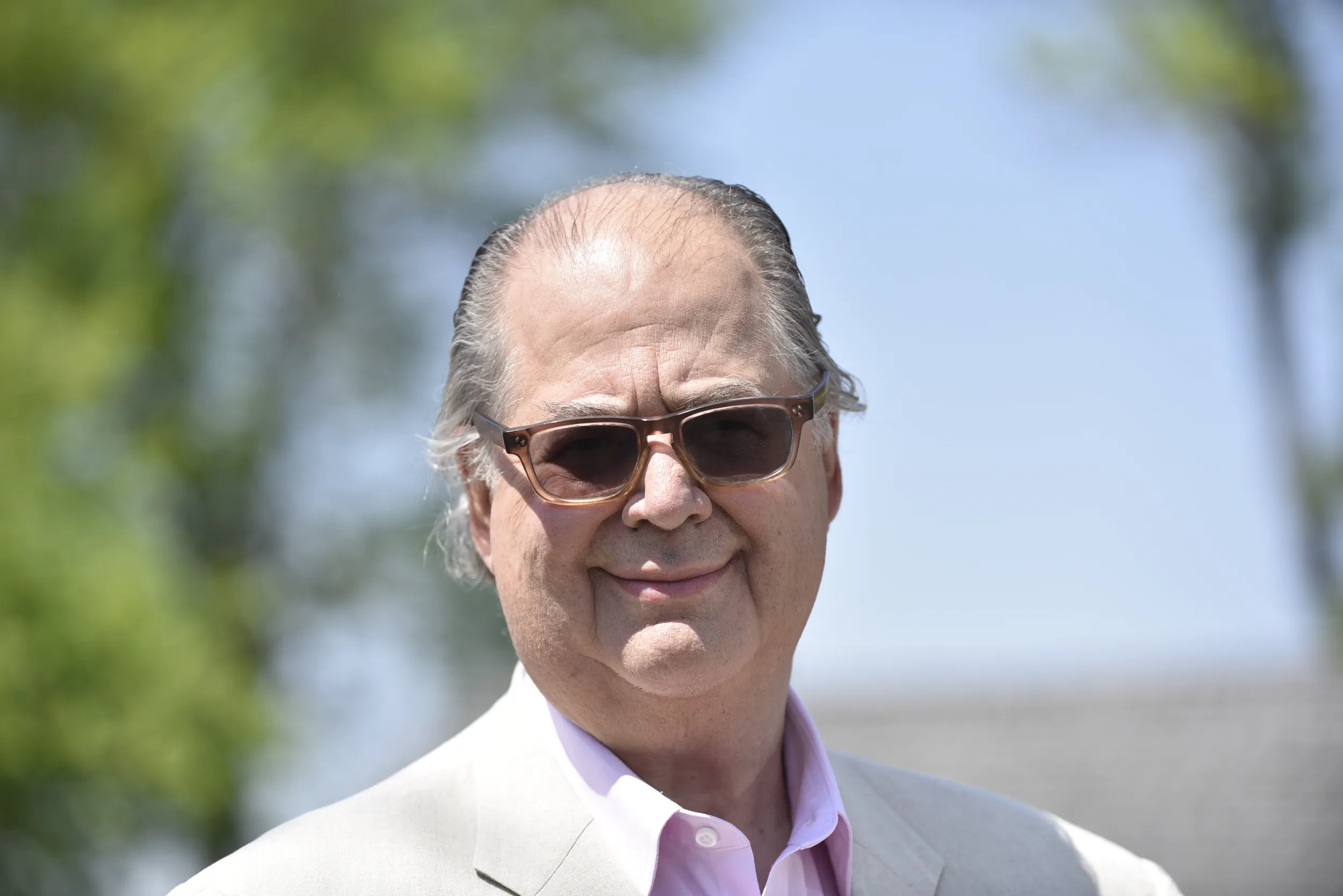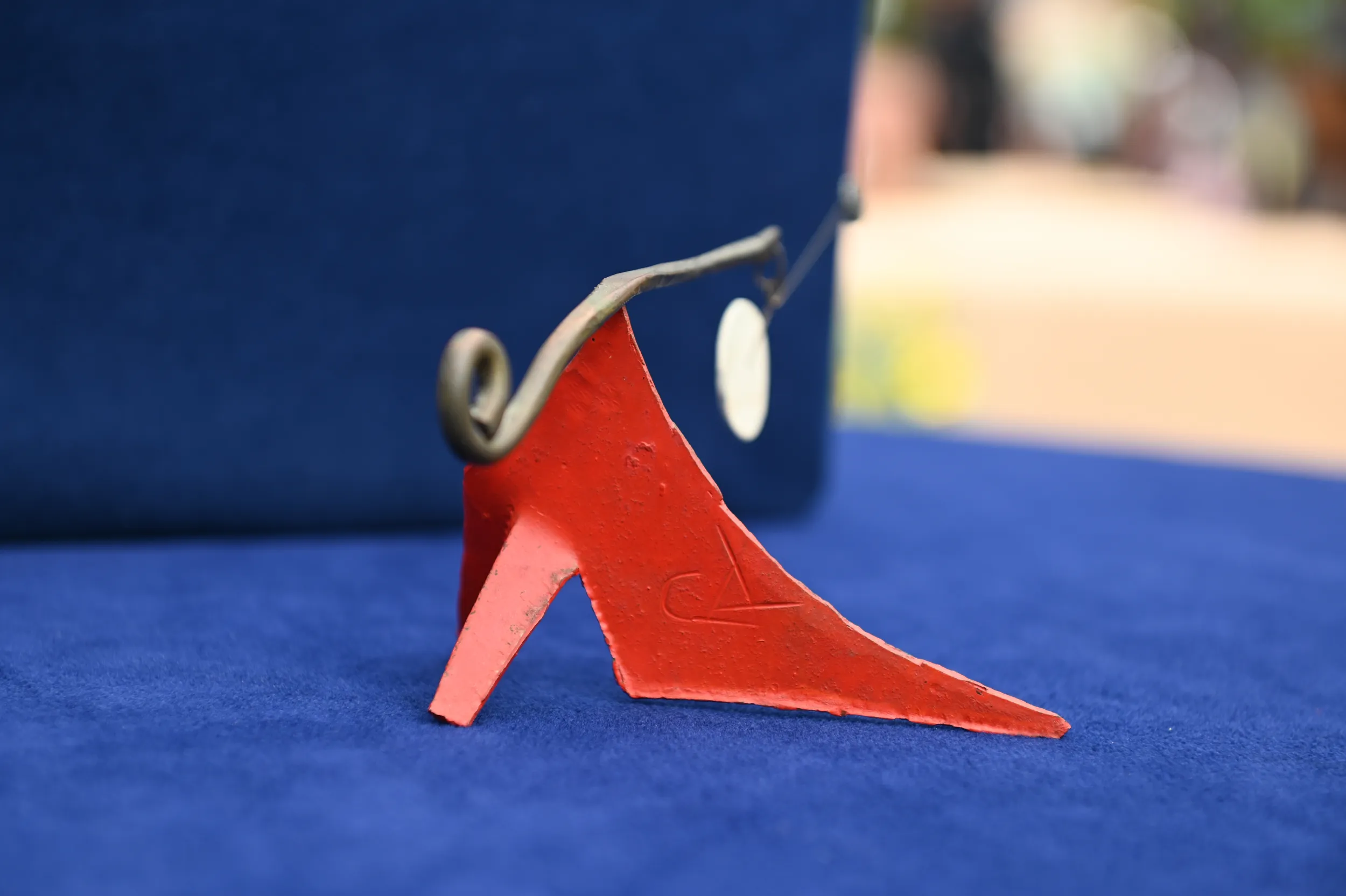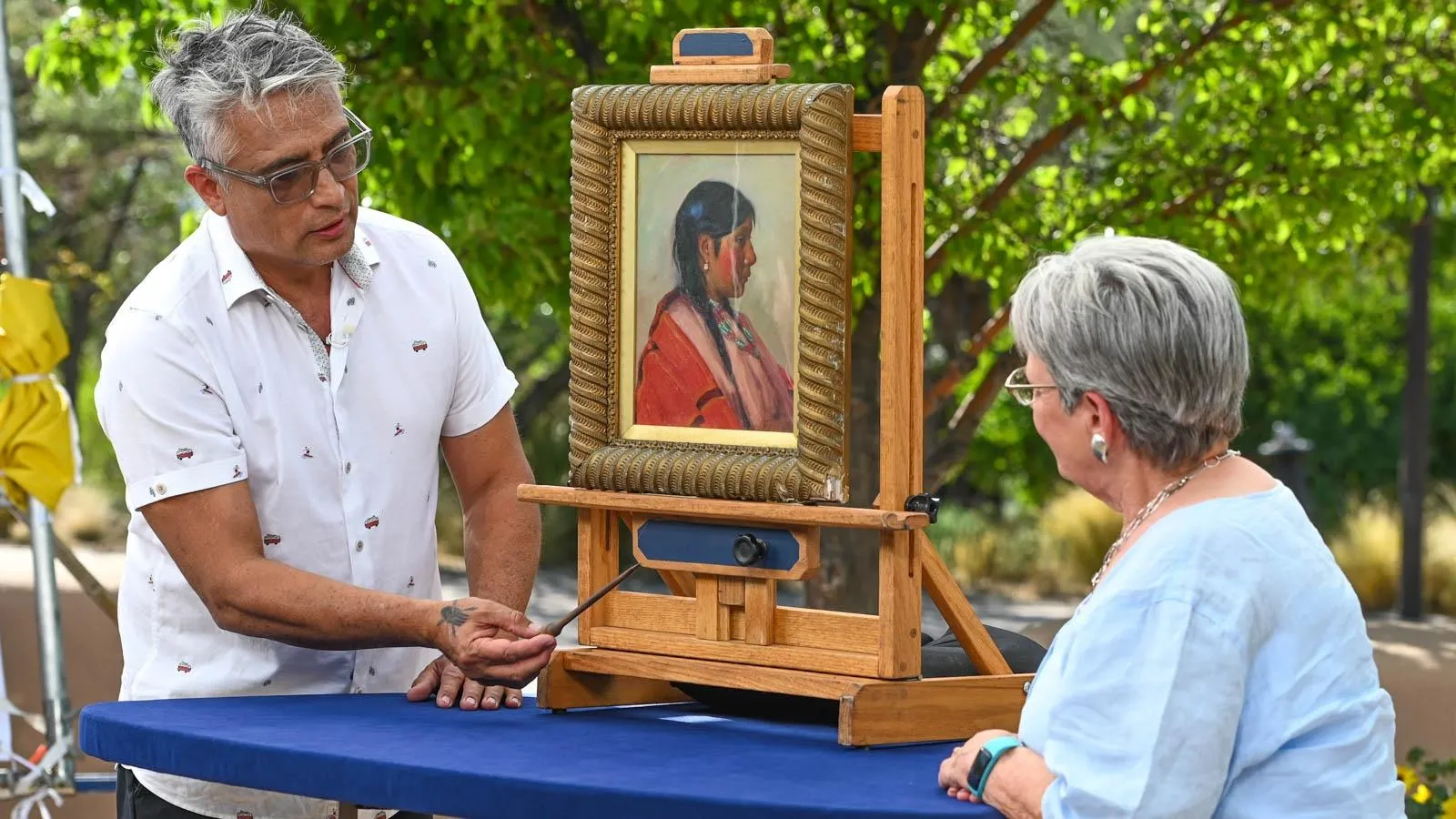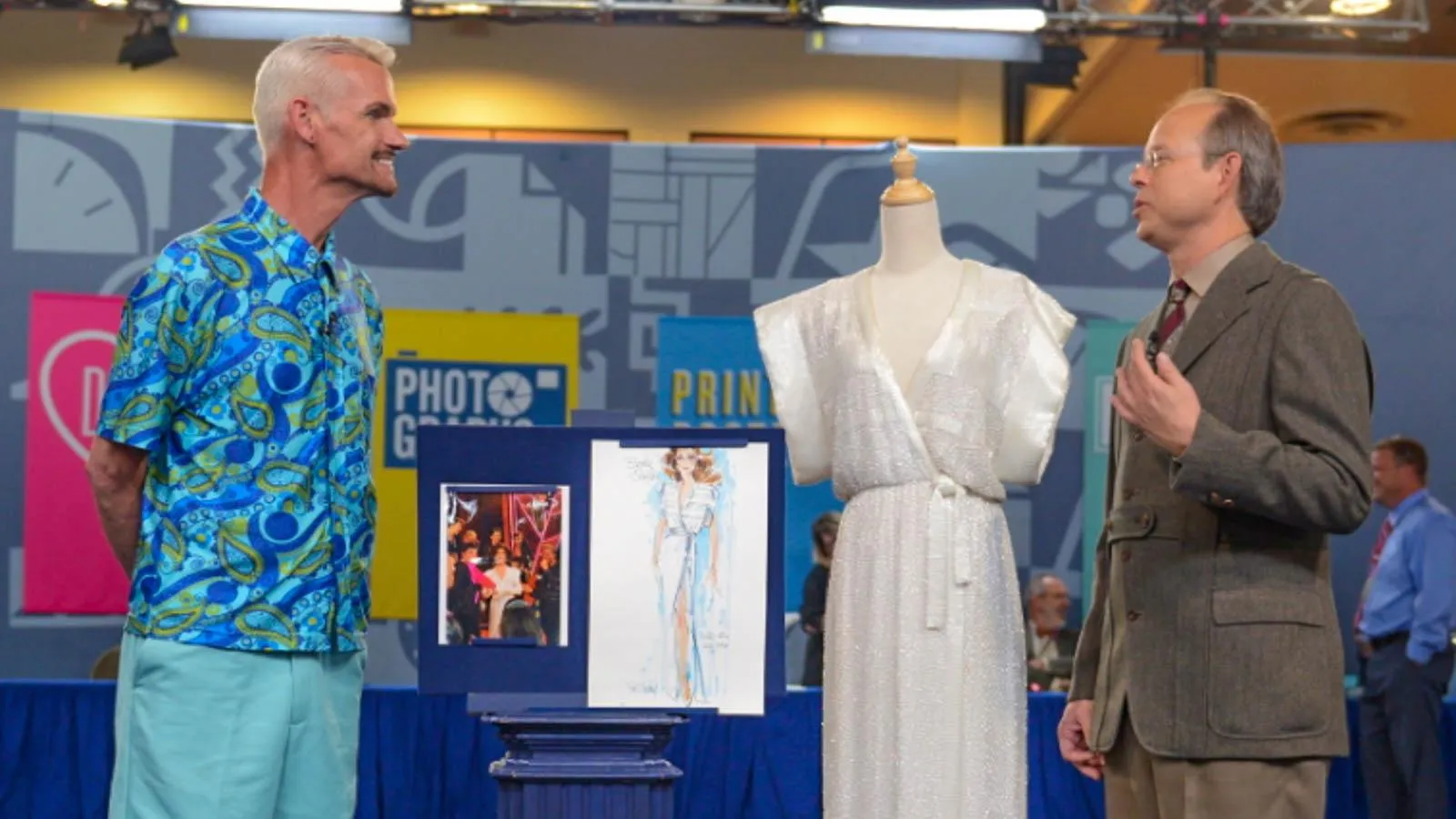GUEST: When I was 14, I traveled to Europe with my parents. We stopped to visit a friend of my father from after the war, south of Paris, and it turns out his friend was married to the daughter of Alexander Calder. And so we stayed in the compound where Alexander Calder lived.
APPRAISER: Mm-hm.
GUEST: And I was a 14-year-old boy getting around, and I happened upon his studio and peeked in and watched him working. He had Parkinson's at the time, but when he worked, his hand would be still. I had my 15th birthday while we were there...
APPRAISER: Uh-huh.
GUEST: ...and that was in, uh, 1969. And he presented me this sculpture as my 15th birthday present. I saw him working in his shop on something similar to this.
APPRAISER: Uh-huh.
GUEST: And when he presented this to me, it occurred to me that he may have actually been making it at the time.
APPRAISER: Uh-huh. And what did he say?
GUEST: He didn't say much. He wasn't a very talkative person, but he was very humorous.
APPRAISER: Uh-huh.
GUEST: My mother came in with some nesting baskets she had bought at the market, and he said, "Well, maybe they'll get small enough and just disappear."
APPRAISER: (chuckles) And tell me about his studio, what did it look like?
GUEST: An old French farmhouse, kind of like not even a farm, more of a barn.
APPRAISER: And there were, like, pieces of metal and wire all over?
GUEST: Pieces of metal and wire.
APPRAISER: He’d wander around and pick up something...
GUEST: And mock-ups. Some bigger pieces. He would make small versions and then make larger versions. I don't know if this one has a larger counterpart somewhere, I don't know.
APPRAISER: Calder is one of America's leading sculptors of the 20th century. His father was a very prominent sculptor. He was an academic sculptor.
GUEST: Oh, I didn't know that.
APPRAISER: His name was Alexander Stirling Calder. But Calder started out as an engineering student. He was born in 1898. He was an engineering student at Stevens Institute of Technology in New Jersey. He was interested in mechanics and engineering, and you can see how that became part of the artwork that he started to do. And he studied the Art Students League. And he actually went to Paris in the late 1920s, stayed there for the early 1930s. And he was part of a whole group of American expatriate artists who were living there. One of the most wonderful things he did, he built a circus out of wire and cloth and wood. And he would have all his friends come and he would perform the circus acts.
GUEST: Oh, my gosh.
APPRAISER: And his work starts with these smaller things and maquettes. And there are things that 20-, 30-feet high. There are a lot of things that hang from the ceiling and move all the time. This is wonderful because you have the base and this amazingly balanced piece. And what is there? A little indentation there?
GUEST: Just a little hole in the...
APPRAISER: Uh-huh. And it sits right there. It's wonderful. The amount of movement it has is just extraordinary.
GUEST: Would you call this a mobile or a stabile or a mixture?
APPRAISER: It's both. So this part is a stabile and this part is a mobile. So you have the best of both worlds, (chuckling) is what it comes down to. They're all handmade. You can actually see and envision him cutting it out of a piece of tin. And then they're painted, there's a great craftsmanship. It's signed, so it has his monogram on the side that's been pressed in. Did you ever have it valued?
GUEST: No.
APPRAISER: I've never heard of better provenance on something artistic than what you've given us. But it still has to be submitted to the Alexander Calder Foundation. They authenticate pieces. As you can see, these are relatively easy to make, so they're very easy to be faked. It's almost impossible to sell them without the certificate. You'll be able to present the documentation to the insurance company. You have the documentation in case there was any kind of issue. That's the gold standard. This could be a maquette for a very large piece. It would require research to find out if there is a larger version. You might find that information from the Calder Foundation itself. They have scrupulous records of all of his work. They're fairly rare, and especially in this size. In a gallery setting, this would be $250,000.
GUEST: Wow. Jeez, that's amazing. I mean, it's probably worth more than that to me, just in memories, but that's... ...spectacular.
APPRAISER: Yeah.













